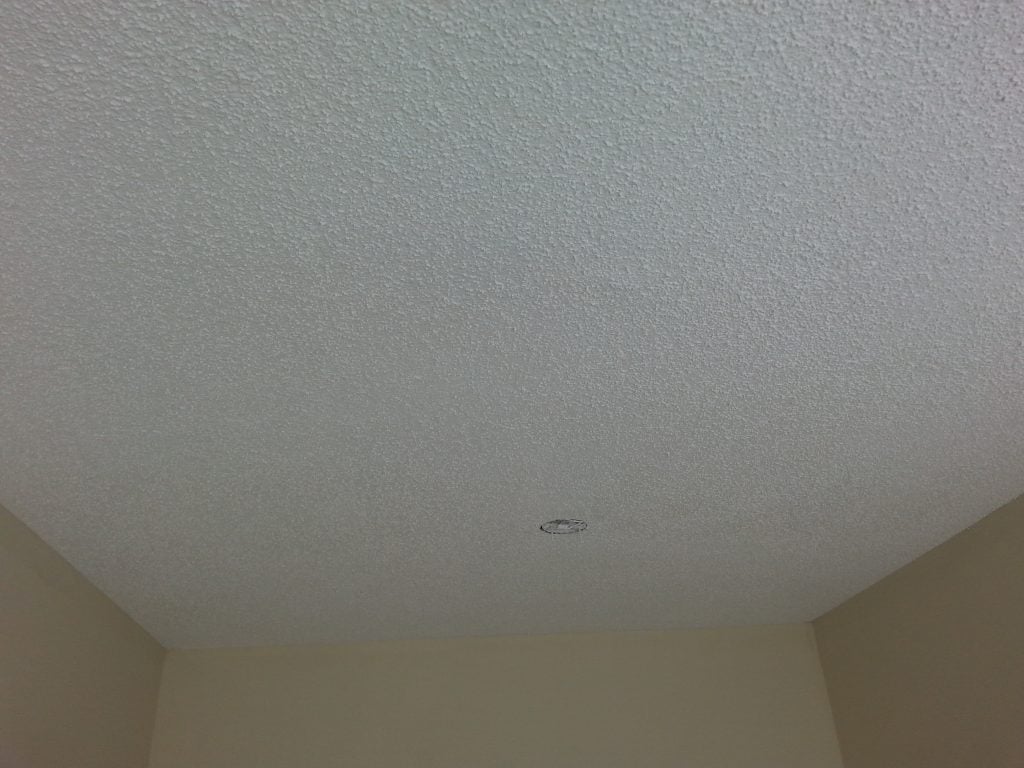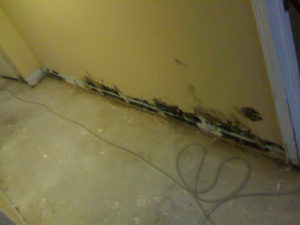Water Stains On Walls - A Homeowner's Guide To Quick Repairs
Water Stains On Walls - A Homeowner's Guide To Quick Repairs
Blog Article
Do you find yourself in search of additional info on How to Find and Repair Water Leaking in the Wall?

Water spots on walls are not pleasurable to the eyes. Sometimes it appears almost inescapable to experience water stains on wall surfaces in homes.
Homeowners living in damp regions frequently deal with the fear of water stains on walls. With all-round and also exact info on the reasons of water discolorations and also timely fixing processes, you will always be an action in advance of such occurrences.
3 Common Root Causes Of Water Spots on Wall Surfaces
Contrary to popular belief, water stains on walls do not always come from inadequate structure products. There are several reasons for water spots on walls. These consist of:
Moist
When warm wet air meets with dry chilly air, it triggers water beads to base on the wall surfaces of structures. This takes place in restrooms and also kitchens when there is steam from cooking or showers. The water droplets can stain the surrounding walls in these parts of your residence and infect various other locations.
Wet or condensation influences the roofing as well as walls of buildings. This triggers them to appear darker than other areas of the home. When the wall surface is wet, it develops an ideal atmosphere for the growth of microorganisms as well as fungi. These might have damaging results on health and wellness, such as allergies as well as respiratory disorders.
Poor Water drainage
This will certainly avoid water from seeping right into the walls. This web links to extreme wetness that you see on the walls of your structure.
The leading reason of wet wall surfaces, in this case, can be an inadequate drain system. It can also be because of poor administration of sewage pipelines that run through the structure.
Pipe Leaks
A lot of homes have a network of pipes within the wall surfaces. This guarantees that the pipelines are well away from the reach of destructive rodents. It constantly boosts the viability of such pipelines, as there is little oxygen within the walls. This prevents rust.
A drawback to this is that water leak affects the wall surfaces of the structure and triggers prevalent damage. An indicator of damaged pipes is the appearance of a water tarnish on the wall.
Pro Suggestion
A houseplant in your house additionally increases its humidity. So, if your home is currently humid, you may wish to present houseplants with minimal transpiration. An instance of suitable houseplants is succulents.
Water Spots on Wall Surface: Repair Tips
When dealing with water stains, homeowners would generally want a quick fix. Yet, they would quickly understand this is disadvantageous as the water spots reoccur. Right here are a couple of handy tips that will guide you in the repair of water stains on walls:
Final thought
Although no one wants to have water stains on walls in their residence, it can take place to the very best of us. This write-up provides you take advantage of, as you now know just how to manage this accident if it does occur.
It is always best to hire expert solutions to assist repair the problems in your home.
Sometimes it appears almost unpreventable to experience water spots on walls in residences.
Contrary to preferred idea, water spots on walls do not constantly stem from bad building products. There are a number of reasons of water spots on walls. The water beads can discolor the surrounding wall surfaces in these parts of your residence as well as spread to other locations.
Right here are a few practical suggestions that will assist you in the repair of water discolorations on walls:
CHECKING FOR WATER DAMAGE
Water damage can be costly, and it may begin before you even notice the first signs of trouble. Water damage can cause mold and mildew in your walls and floors, which can create an abundance of health concerns for your family. It can also lead to costly repairs of various appliances and general home fixtures. To avoid the pricey consequences of water damage, here are Warner Service’s top 5 places you should check:
The walls – The easiest place to spot the beginnings of water damage is on the walls and ceilings of your home. If water damage is present, there will most likely be water stains, especially around the windows and doorframes, and/or cracks in the drywall. If a stain looks unusual (discolored to brown, black or gray, raised texture), has a swollen appearance or is soft to the touch, contact a professional immediately. The pipes – To avoid water damage, consistently check the pipes in your kitchen (especially the dishwasher and ice maker), bathrooms, laundry room (specifically washing machines) and basement for corrosion, leaks and water stains. Pay special attention to where the pipes connect in your home and the location of caulking around the bathroom fixtures, including toilets, sinks, showers and tubs. Missing or loose caulking and grout could be signs of leaking water. This seepage can also quickly cause mold and rust, so double check your water heater and tank for wet spots on the floor. The floor – Water damage is very easy to spot on the floor. Look for any warping or buckling of the material, especially in the basement. If your home has wood flooring, look for bright white or dark stains. If your home has carpeting, keep it dry and clean. A damp carpet that smells of mold could cause water damage and health problems. To avoid this, consider installing floor pans under your appliances to help prevent damages from small, slow and undetected leaks. The basement and attic – If your basement or attic smells odd check for mold and mildew around the area, especially the valley where the roof meets. While you are inspecting those areas, check for wall cracks, floor stains, rust and dampness in the insulation. If you live in a colder and/or rainier climate, perform routine checks for water damage from melting snow or ice and rain. The exterior – Check the roof for damaged flashing and missing, cracked or curled shingles. There should also be no standing water anywhere outside your home. This could be caused by puddles, leaky rain gutters or hoses, poor drainage, or short gutter spouts. Invest in a sump pump system or water flow monitoring system, and perform routine maintenance on these outdoor appliances to avoid indoor water damage.

I stumbled upon that blog posting on How to Find and Repair Water Leaking in the Wall when doing a lookup on the web. Liked our posting? Please share it. Help someone else discover it. Thanks so much for taking the time to read it.
Get Offer
Report this page